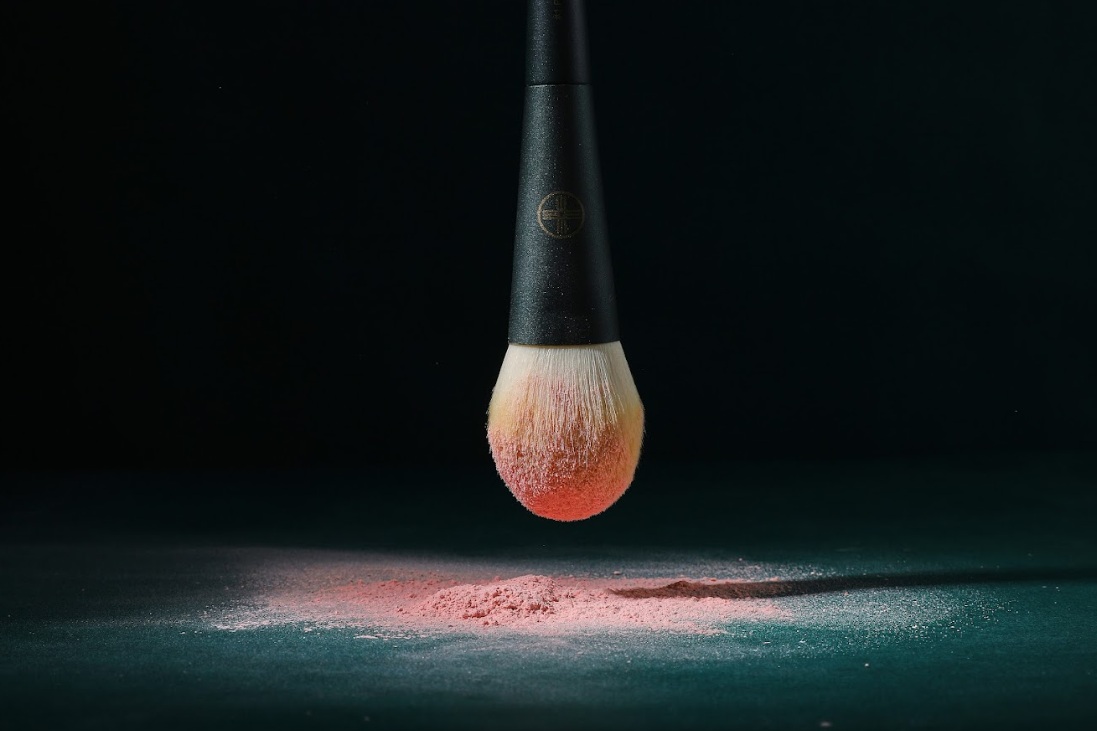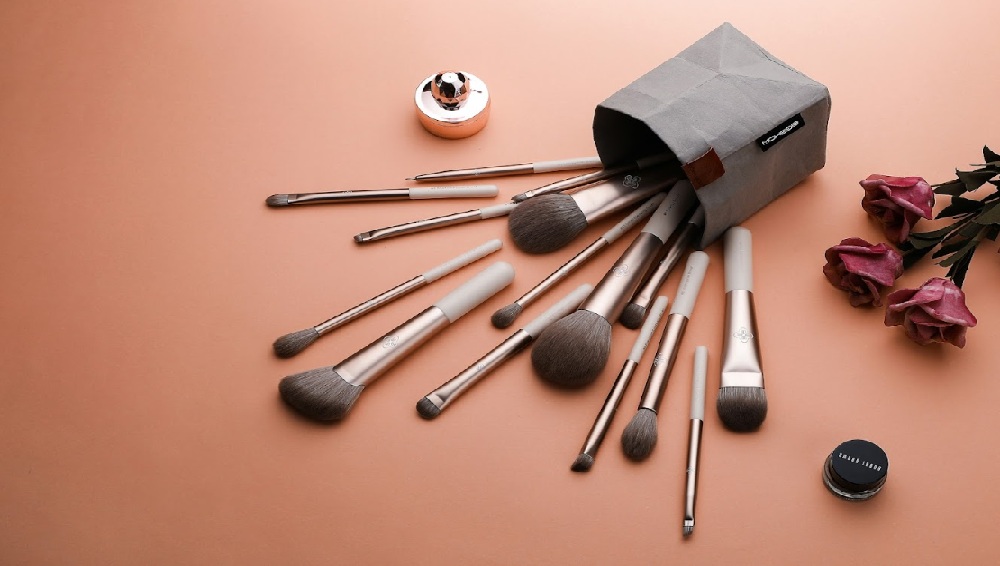Would you like to conduct an experiment – one that will shock you? 😱
Grab a petri dish with a bit of agar solution, press your makeup brush into it, and let it sit for over 24 hours.
Too lazy to try? 😅 No worries, we can confidently tell you that after some time, you would find several colonies of bacteria happily thriving in the petri dish 🦠.
Why is that? 🤔 Many of us rarely consider how easily bacteria spread and grow in the brushes and sponges we use every day!
From now on, set some time aside to deep clean all your make-up tools – The Cleaning Day. 😊✨
It will not only prevent bacterial break-out on your skin, but also your tools will last longer and make-up application will be easier and smoother.
At the same time, invest in high-quality brushes – if you take good care, they will last very long (for years!) creating less waste and definitely worth your money. 🌍💰

Source: unsplash.com
-
🖌️Makeup brushes:
Keeping your makeup brushes clean is essential for maintaining healthy skin and flawless makeup application. Here’s how to deep clean your brushes using a few effective techniques:
1. Soaking 🫧
Fill a tall container with lukewarm water and add a tablespoon of antibacterial soap. Place your brushes in bristles-down, and let them soak for about 20 minutes. Then, rinse each brush with lukewarm water, gently squeezing the bristles until the water runs clear.
2. Handwashing 🖐️
Apply lukewarm water to your brush and add a drop of antibacterial soap. Gently swirl the brush in the palm of your hand or use a cleaning mat with grooves to break up makeup buildup. Rinse with lukewarm water until all residue is gone.
3. Using Olive Oil 🫒
For brushes used with liquid makeup, apply a drop of olive oil to the bristles to break up the product. Then, wash with Castile soap to remove the oil. This technique not only cleans but also conditions the bristles.
Cleaning Tip
- Avoid cleansers with high alcohol content, which can weaken the glue holding the bristles together.
Drying Your Brushes
Always dry your brushes with the bristles facing down to prevent water from loosening the glue. If you don’t have a drying rack, prop up the brush handles on a rolled towel, keeping the bristles angled down. Shake off excess water and pat dry with a clean towel.
-
🧽Sponges:
Cleaning beauty sponges can be challenging, but with the right technique, you can remove stains and bacteria effectively. Here’s how to do it:
-
Soap and Water Method 🧴
Wet your sponge with lukewarm water until it expands. Under running water, rub the sponge onto a bar of soap to cover it in lather. Squeeze the sponge repeatedly, filling it with water and then wringing it out until the water runs clear.
-
Microwave for Extra Cleanliness 🔥
After washing, microwave the fully wet sponge for 1-2 minutes to kill any remaining bacteria inside. Make sure the sponge is wet before microwaving to avoid damage.
-
Frequency and Replacement 🗓️
For regular use, wash your sponge twice a week or even daily, depending on the amount of product buildup. Beauty sponges should be replaced every 3-6 months since their damp nature makes them prone to bacterial growth.

Source: unsplash.com
-
🧺Makeup Bags / Containers:
After putting in the effort to deep clean your makeup tools, don’t overlook the containers where you store them. Here’s how to keep your makeup storage clean and organized:
Fabric Makeup Bags
Toss fabric makeup bags into the laundry, using a gentle cycle with warm water to get rid of dirt and bacteria.
Makeup Drawers and Cases
For hard cases and drawers, spray them with antibacterial cleaner or alcohol. Wipe away any leftover product or debris to keep your storage hygienic.
Proper Brush Storage
Once your brushes are clean and dry, store them correctly to prevent bacterial buildup. Use a jar or drawer organizer to give your brushes space and avoid cramming them in a makeup bag, except when traveling.
💡 You would still like to try the experiment? Then visit our Toolkit 2 – there you will find the entire instructions. 🙂


0 Comments